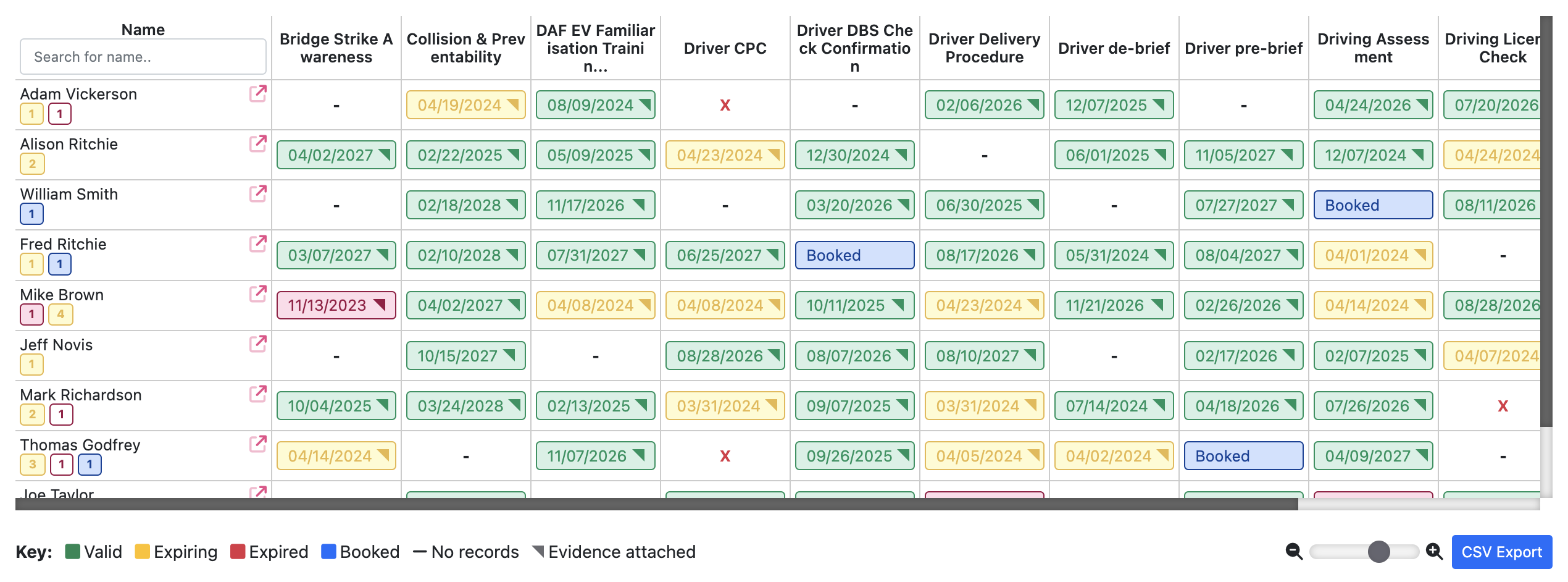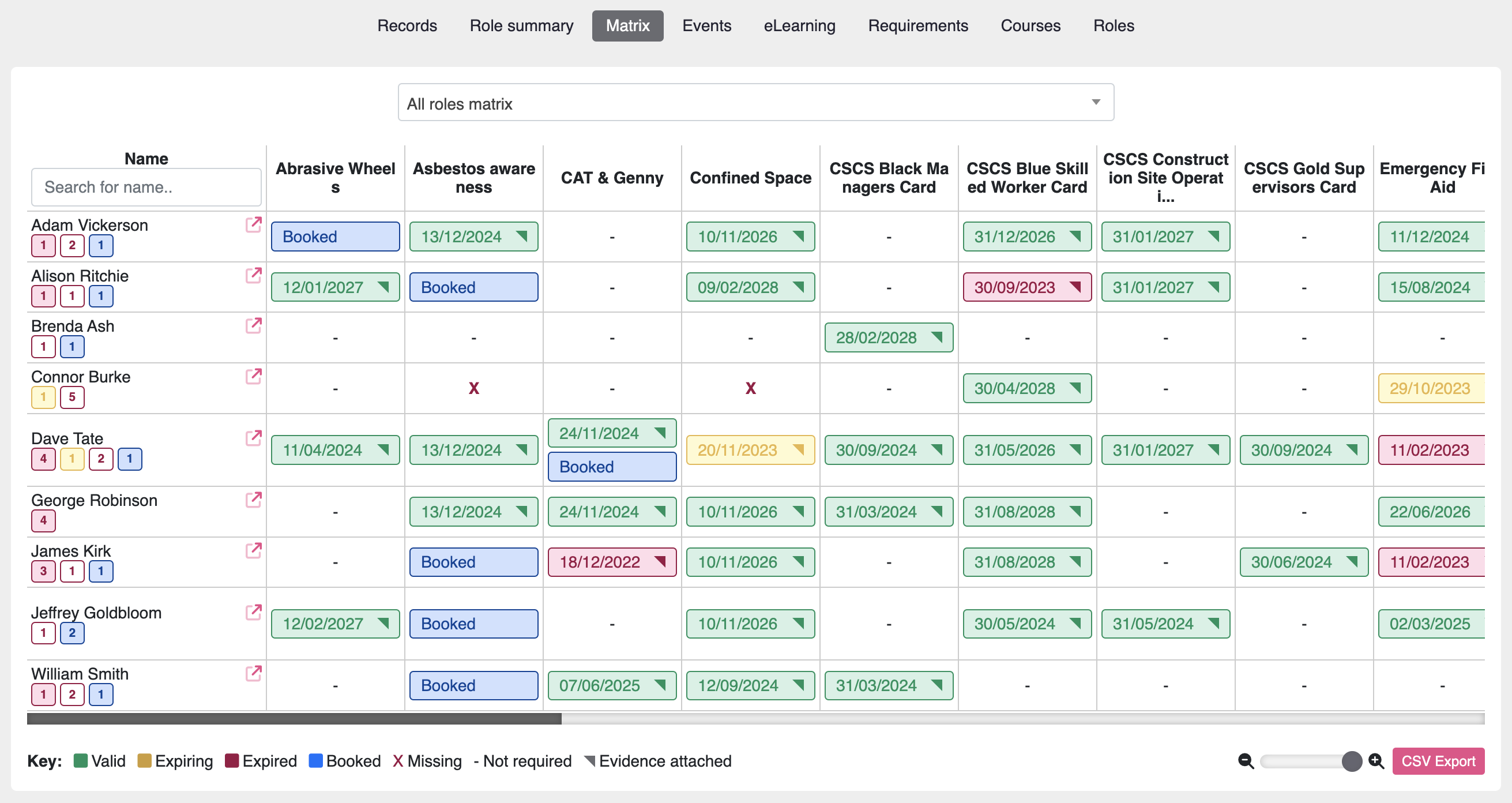As a business owner, it is essential to prioritise the health and safety of your employees.
Not only is it the right thing to do, but it is also good for your bottom line – workplace injuries and illnesses can lead to lost productivity, increased insurance premiums, and potential legal issues. Here are the top 10 health and safety best practices for companies:
- Develop and implement a health and safety policy and procedures manual. This document should outline the company’s commitment to maintaining a safe work environment, as well as the specific steps employees should take to prevent accidents and injuries.
- Conduct a risk assessment to identify and evaluate potential hazards in the workplace. This can help you identify areas of concern and take steps to mitigate any risks.
- Provide appropriate personal protective equipment (PPE) for employees. This can include items such as hard hats, safety glasses, and gloves, depending on the specific hazards present in the workplace.
- Implement proper ergonomic practices to reduce the risk of musculoskeletal disorders. This can involve things like providing ergonomic chairs and desks, or offering training on proper lifting techniques.
- Use a training matrix to track employee training and skills. A training matrix is a tool that allows you to plan and track the training and development of your employees. It can help you identify any gaps in their skills and knowledge, and ensure that they are receiving the necessary training to be able to safely perform their job duties.
- Establish an incident and near-miss reporting system to allow for the identification and correction of hazards. This can involve setting up a system for employees to report accidents and near-misses, and conducting investigations to determine the root cause of any incidents.
- Ensure that all machinery and equipment is properly maintained and inspected. Regular maintenance and inspections can help prevent equipment failure and potential accidents.
- Implement emergency preparedness procedures, including first aid and evacuation plans. It’s important to have a plan in place in case of an emergency, such as a fire or natural disaster.
- Display health and safety information and guidelines in a visible location. This can include posting safety rules and procedures, as well as information about emergency procedures and first aid.
- Regularly review and update health and safety policies and procedures to ensure they are current and effective. It’s important to periodically assess your health and safety practices to ensure that they are still relevant and effective in preventing accidents and injuries.
By following these best practices, you can create a safe and healthy work environment for your employees and protect your business from potential accidents and liabilities.
John is our co-founder and is responsible for software design and development and loves helping people solve problems using innovative software.


